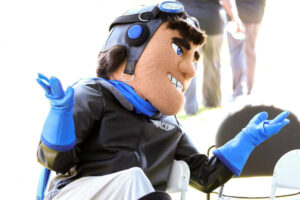
Mascot Prices: How Much Does a Mascot Cost?
Many factors can influence the price of a custom mascot costume, including differing levels of customization, customer support, quality of materials, construction methods, and mascot fit and functionality.
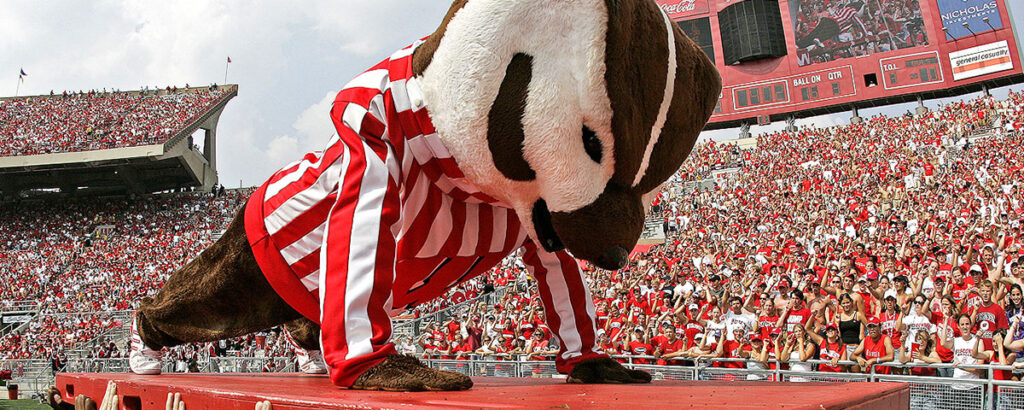
“Welcome to Mascotting 101!
Becoming a mascot is tough work and requires practice. Luckily, we have Ollie, the beloved Olympus mascot to help us out. With his help, this video will give you all the tools you need to be successful as a mascot. Let’s learn how to be a mascot!
Performing as a mascot is both physically and mentally demanding. You have to maintain constant motion; entertain and interact with fans, children, and other mascots; be funny and spontaneous; all the while trying to give your character a lovable personality. It’s also fun, rewarding, and if done well, valuable to your team, company, or brand
Mascots are incredible marketing tools. Therefore, it’s important that performers have the knowledge and ability to make a successful mascot both in and out of the mascot suit. Pay close attention to Ollie’s instructions and you will learn everything you need to know about the ups and downs and the do’s and don’ts on how to be a mascot performer.
Let’s get started!
Before you perform as a mascot, it’s important that you are knowledgeable about the mascot suit itself. Each mascot suit is unique, so you will need to practice getting in and out of your specific suit. In some cases, you may need a handler to help with certain pieces. Although, getting ready starts even before you put on the first piece of the mascot costume.
Mascot performers will want to stay cool under the costume. Here are the suggested clothing items to wear under a mascot costume. As a performer, you should always be wearing a shirt, shorts, and socks. Some mascots have costume feet or shoes, but tennis shoes may be worn as well. In order to keep sweat out of your eyes, it is always recommended that you wear some kind of bandanna or headband. Other items you may want to bring to your performance may include a towel, water bottle, or anything else that might help you cool off when you get out of the suit.
Getting in and out of the mascot costume suit will become easier with practice. The more events that you perform at, the quicker this process will become. However, even the most experienced mascots still have to deal with mascot costume malfunctions.
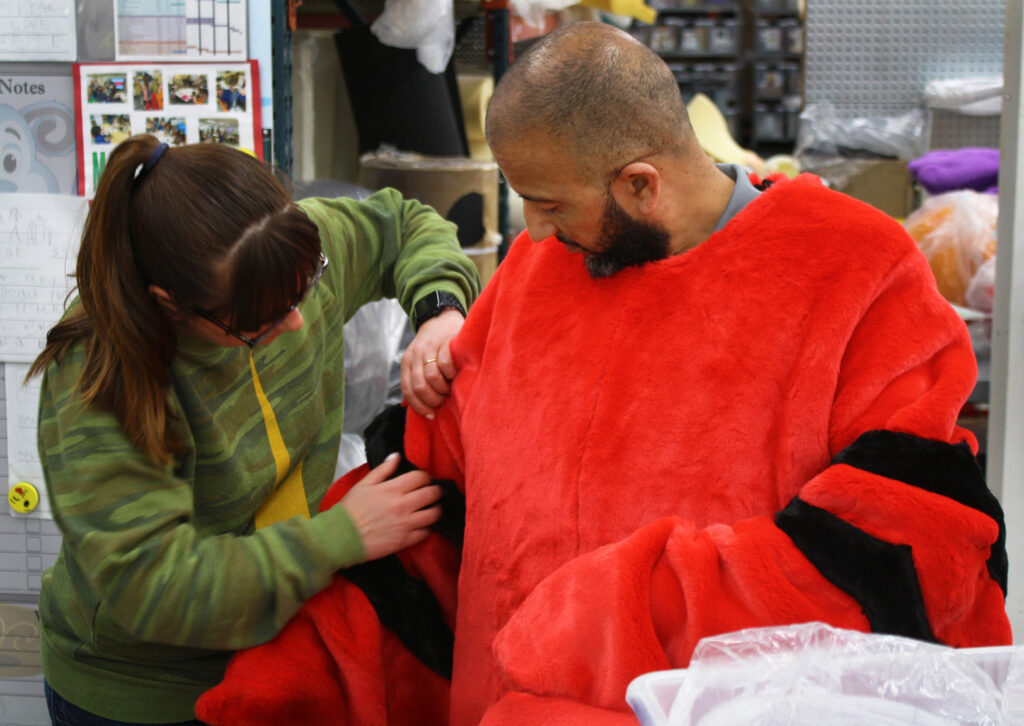
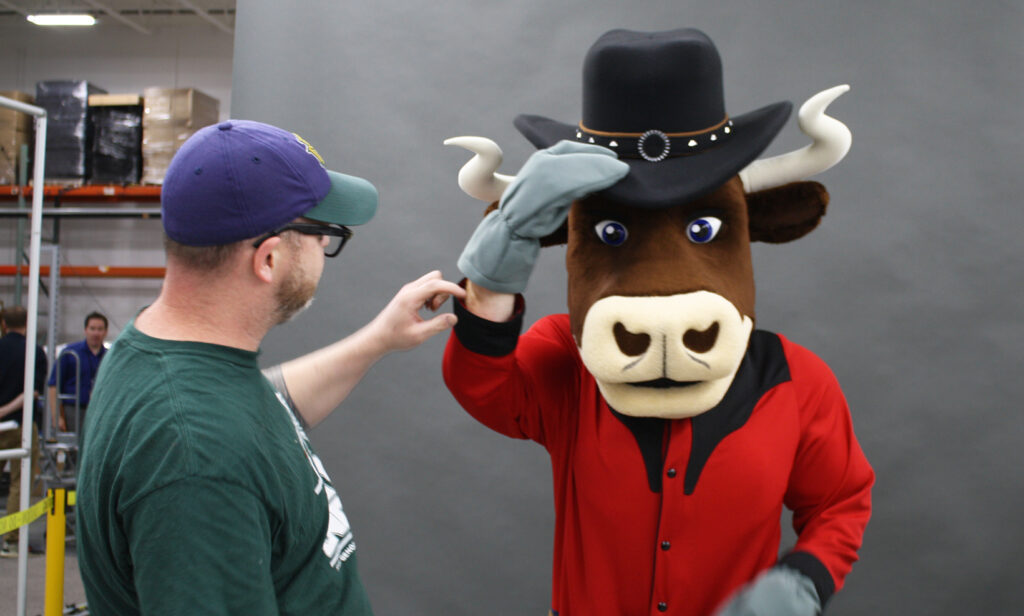
Mascot costume malfunctions are inevitable, but here are some tips and info about what to do when something goes wrong with your mascot suit.
To lower the chances of a malfunction, you should check in a mirror to see how the costume looks before you perform. This will give you time to do some last-minute grooming to make sure your mascot is looking their best.
Now, let’s look at some of the most common mascot costume malfunctions. Malfunctions are unique to each mascot. They can range from an untucked strap to exposed skin to your mascot’s head falling off. These malfunctions can ruin the magic of your character for children and can be very frightening for others. So, while you should do your best to avoid them, malfunctions will happen. In the case of a malfunction, either go to a private area to fix it yourself, or have your helper come and fix it for you. Under no circumstances, remove a piece of the costume in front of the public. Once you are all fixed, you can head back out.
Now that you know how to properly get into the suit and what to do in the case of a malfunction, let’s start learning how to perform as your mascot.
Emotions are the best way to show animation and act out your moves. Here are some basic emotions you can use when performing:
Other powerful tools for mascot performers are gestures. Let’s go over the essential gestures that you’ll need to know as a mascot.
Basic emotions and gestures can easily be learned with a little bit of practice. When you get more comfortable performing as your mascot, they’ll become like second nature. When you’re performing, keep trying these and other emotions so you can improve your mascot and skills.
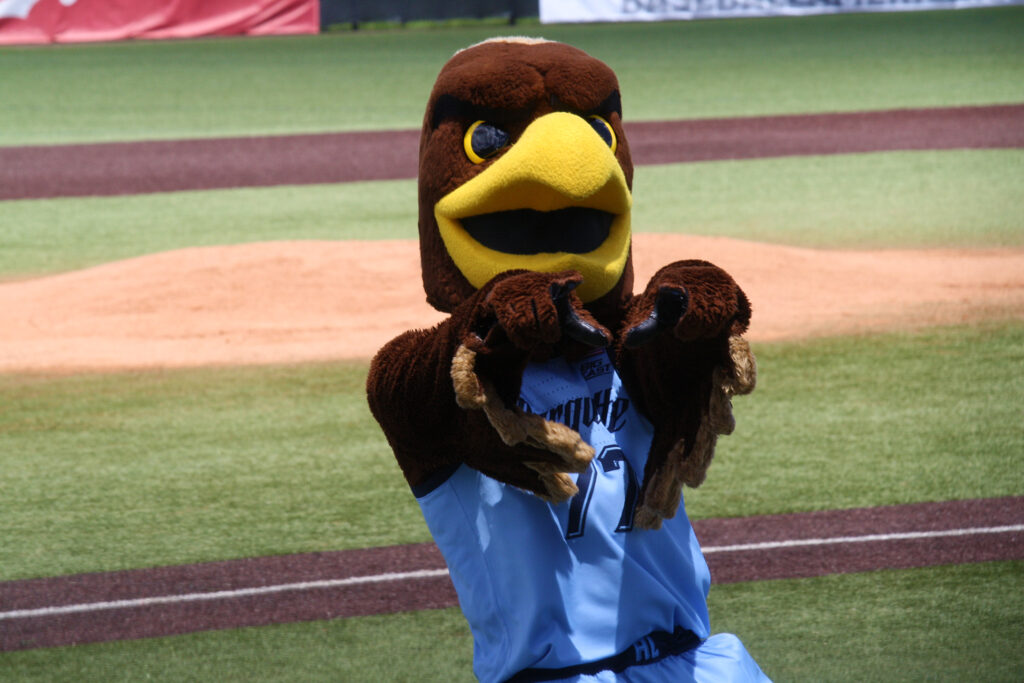
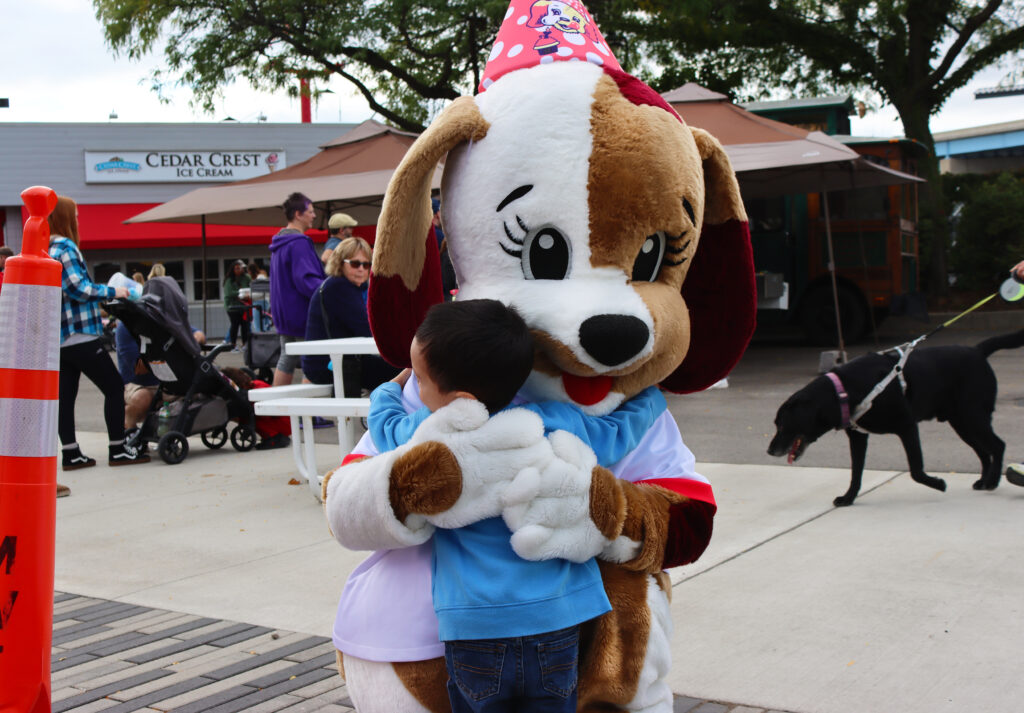
Now that you’ve learned the main mascot movements, let’s go over the essential do’s and don’ts of being a mascot.
Mascot Performer Do’s:
While it’s important that you follow these essential mascot performing do’s, it’s just as important that you never do any of these don’ts.
Mascot Performer Don’ts:
PS: Want more mascot performer do’s and don’ts? Check out this blog.
One of the most important things you must learn as a mascot is how to approach different types of children.
The first ‘T’ stands for ‘Terrific Children’. These children love mascots. They’re excited, and they treat you with respect. Often time, these children range from four to ten years old. Follow all the basic rules and guidelines for performing and these children will continue to be your biggest fans.
The second ‘T’ stands for ‘Terrified Children’. These are the children who may scream, cry, or run away when they see mascots. Most of the time, these children are younger in age. In order to deal with these kinds of children, you must follow these steps:
The third ‘T’ stands for ‘Terrifying Children. These are the children that want to chase, taunt, poke, hit, and with mascots. Typically, terrifying children are a bit older. Similar to the terrified children, you should deal with terrifying children by following a set of steps:
Simply walk away. Interacting with children can be one of the toughest parts of being a mascot, but it can also be the most rewarding and fun. You’ll encounter all three types of children, but always be sure to follow these steps and tips.
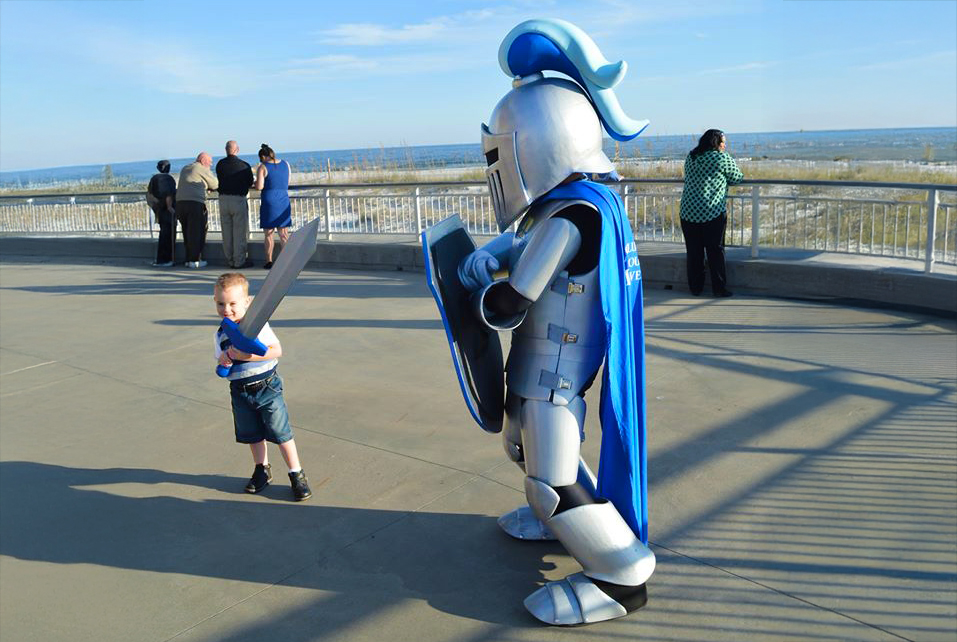
In the last section, we are going to talk about two tools, that if used correctly can help any mascot portray humor.
Prop usage can be spontaneous, or it can be pre-planned. Using a prop in a manner other than intended is one of the best ways to get a laugh.
Prop usage also works very well in skits. Unlike random prop usage, skits need to be pre-planned. Your handler, your skit participants, and your organization needs to be aware of what the skit will entail before you perform. The best way to achieve this is to schedule a meeting prior to performing the skit.
As long as everyone is on the same page about skits, they can be extremely successful tools for any mascot to use. To learn about what accessories you can add to your mascot, read this blog here!
In summary, this video has covered the preparation; items necessary to perform; costume malfunctions; performing basics; essential do’s and don’ts; the three ‘T’s’ of children; and how to incorporate props and skits. Remember, being a mascot is an important responsibility, but you also need to have fun. Practice makes perfect!”
Ready to perform in a custom mascot costume of your own? We can help you out!
Please click here or fill out the form below to speak with one of our mascot experts

Mascot Prices: How Much Does a Mascot Cost?
Many factors can influence the price of a custom mascot costume, including differing levels of customization, customer support, quality of materials, construction methods, and mascot fit and functionality.
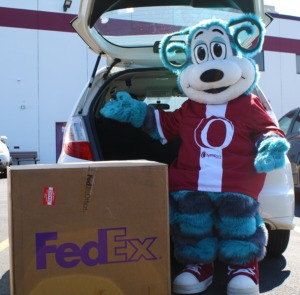
Mascot Transportation and Storage
Starting and maintaining a Corporate Mascot Program can be an intimidating task. In this blog we list some things to consider before choosing a mascot vendor.
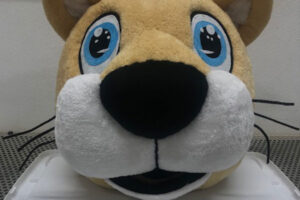
7 Weaknesses of Cheap Mascot Costumes
Everyone wants a mascot that is low price and lasts forever. However, standard stock or cheap mascot costume have their weaknesses. If you order one, here are a few things you can expect.